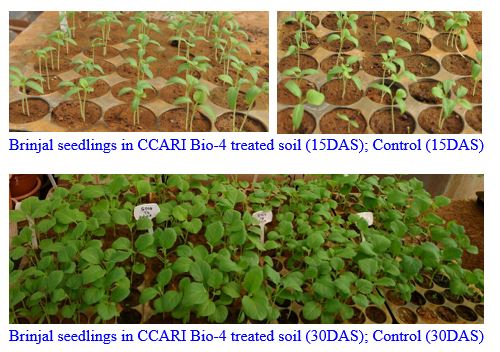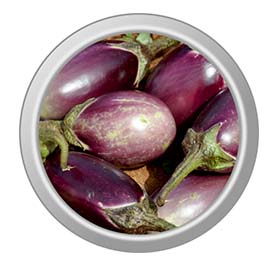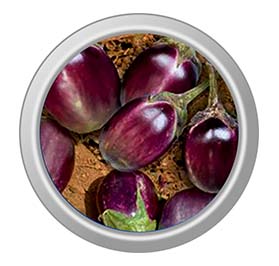Bio- fertilizers & Bio-control agents
GOA BIO-1
Goa BIO-1 is a Bio-formulation for plant growth promotion of paddy under salt-affected soils of coastal regions.It is Talc based and has a shelf life of 18 months. The formulation is recommended in paddy grown under saline soils and vegetable crops (Brinjal, tomato, chilli and cucumber), black pepper, fruit and plantation crop nurseries. Benefits of using Goa Bio-1 includebetter nutrient mineralization; alleviation of salinity stress; better crop establishment; improved plant growth parameters, yield and soil biological activity. This product is eco-friendly, economically viable, and sustainable in long run.







.jpg)




